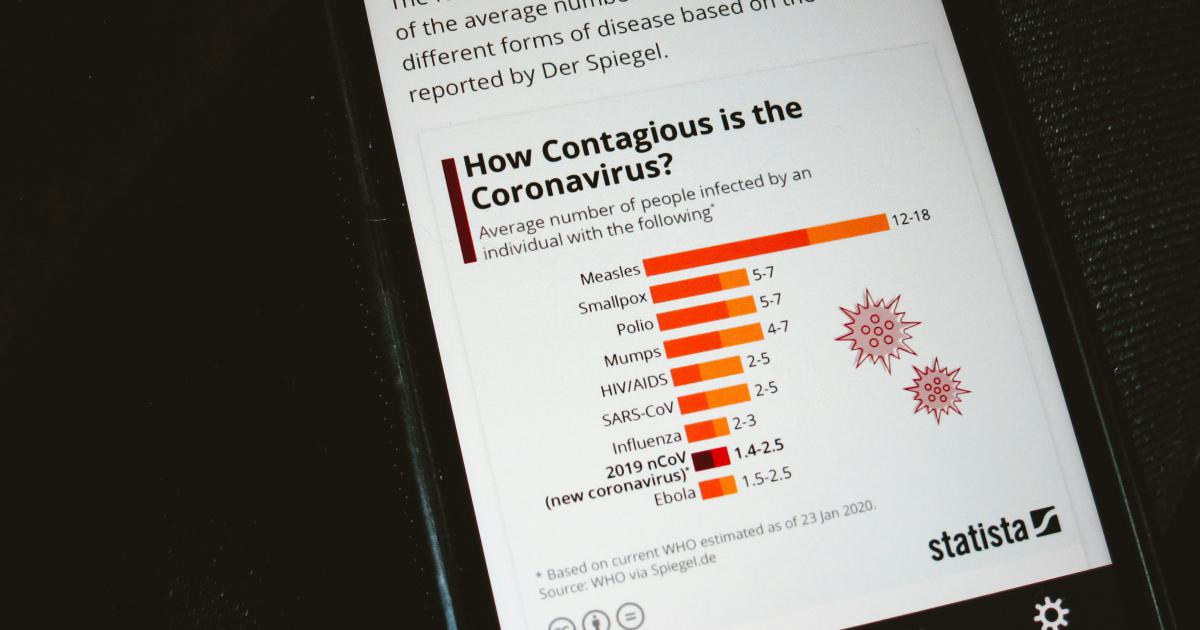Mastering Content Distribution for High-Ticket Offerings


Understanding the Importance of Content Distribution
In the ever-evolving digital landscape, effectively distributing content has become paramount for businesses offering high-ticket products or services. Whether you're selling luxury goods, specialized consulting, or premium software, your ability to reach and engage your target audience can make or break your success.

Content distribution is the strategic process of making your content available across multiple channels, platforms, and mediums to maximize its visibility and impact. By leveraging a diverse range of distribution channels, you can amplify your message, build brand awareness, and ultimately drive more qualified leads and sales for your high-ticket offerings.
The Challenges of Content Distribution for High-Ticket Businesses
High-ticket businesses face unique challenges when it comes to content distribution. These offerings often require a more thoughtful and personalized approach to reach and convert potential customers. Some of the key challenges include:
Capturing Attention in a Crowded Marketplace: With the abundance of content available online, it can be challenging to cut through the noise and capture the attention of your target audience, especially for high-ticket products or services.
Establishing Trust and Credibility: Selling high-ticket items or services requires a strong focus on building trust and credibility. Customers need to be confident in your brand, expertise, and the value you provide.
Nurturing Long Sales Cycles: High-ticket offerings often have longer sales cycles, as customers typically require more time and information to make a purchasing decision. Effective content distribution is crucial for guiding them through the sales funnel.
Personalization and Relevance: Your target audience for high-ticket items or services is likely smaller and more niche. Ensuring your content is highly personalized and relevant to their needs and pain points is essential.
Measuring and Optimizing Performance: Tracking the performance of your content distribution efforts is crucial, as it allows you to make data-driven decisions and optimize your strategy for better results.
Developing a Comprehensive Content Distribution Strategy
To overcome these challenges and effectively distribute your high-ticket offerings, you need to develop a comprehensive content distribution strategy. This strategy should encompass a diverse range of channels and tactics to reach your target audience at every stage of the buyer's journey.

Identifying Your Target Audience
The foundation of your content distribution strategy is a deep understanding of your target audience. Conduct thorough research to create detailed buyer personas, including their demographics, pain points, and preferred communication channels. This information will guide your content creation and distribution efforts.
Selecting Relevant Distribution Channels
Once you have a clear understanding of your target audience, you can begin identifying the most relevant distribution channels to reach them. Some of the key channels to consider for high-ticket offerings include:
Owned Media Channels:
- Company website and blog
- Email marketing
- Social media platforms (LinkedIn, Twitter, Instagram, etc.)
- Webinars and virtual events
Earned Media Channels:
- Guest blogging and contributed articles
- Podcast interviews
- Media mentions and press coverage
Paid Media Channels:
- Search engine advertising (Google Ads, Bing Ads)
- Social media advertising (LinkedIn, Facebook, Instagram)
- Retargeting and display advertising
Offline Channels:
- Industry events and conferences
- Direct mail campaigns
- Networking and referrals
Crafting Compelling Content
Developing high-quality, valuable content is essential for effectively distributing your high-ticket offerings. Focus on creating content that addresses your target audience's pain points, showcases your expertise, and provides a clear path to your products or services.
Some effective content types for high-ticket businesses include:
Thought Leadership Content:
- In-depth blog posts or articles
- Research reports and industry insights
- Webinars and online workshops
Product/Service Focused Content:
- Detailed product or service descriptions
- Case studies and customer success stories
- Comparison guides and buyer's guides
Personalized Content:
- Custom proposals or pitches
- Personalized email outreach
- One-on-one consultations or presentations

Optimizing for Visibility and Engagement
To ensure your content is discovered and engaged with by your target audience, you'll need to optimize your distribution efforts. This includes:
Search Engine Optimization (SEO):
- Keyword research and strategic placement
- Optimizing website content and metadata
- Building backlinks and authority
Social Media Optimization:
- Tailoring content for each platform's best practices
- Leveraging relevant hashtags and industry influencers
- Engaging with your audience through comments and shares
Content Repurposing and Syndication:
- Adapting content for different formats (e.g., blog post to video, infographic)
- Syndicating content on relevant industry platforms or publications
- Promoting and re-sharing content across multiple channels
Personalization and Targeting:
- Segmenting your audience and customizing content accordingly
- Utilizing retargeting and personalized advertising
- Personalized email nurture sequences and outreach

Measuring and Optimizing Performance
Continuously monitoring and analyzing the performance of your content distribution efforts is crucial for identifying what's working and what needs improvement. Utilize a range of metrics and analytics tools to track key performance indicators (KPIs) such as:
Engagement Metrics:
- Click-through rates (CTR)
- Time on page
- Bounce rates
- Social shares and comments
Lead Generation Metrics:
- Conversion rates
- Cost per lead
- Lead-to-opportunity ratio
Sales and Revenue Metrics:
- Revenue generated
- Return on investment (ROI)
- Customer lifetime value (CLV)
By regularly reviewing and analyzing these metrics, you can make data-driven decisions to optimize your content distribution strategy, refine your messaging, and improve the overall performance of your high-ticket offerings.
Leveraging Partnerships and Collaborations
In addition to your owned, earned, and paid media channels, strategic partnerships and collaborations can significantly enhance your content distribution efforts for high-ticket products or services.
Influencer and Industry Partnerships
Collaborating with relevant influencers, industry experts, or complementary businesses can help you reach a wider audience and establish credibility. Some effective partnership strategies include:
Guest Posting or Co-Authoring Content: Contribute thought leadership pieces to influential industry blogs or websites, or co-create content with partners to tap into their existing audience.
Podcast Appearances: Leverage the reach of industry-specific podcasts by appearing as a guest speaker or subject matter expert.
Webinar or Virtual Event Collaborations: Co-host webinars, workshops, or virtual events with partners to showcase your expertise and reach a new audience.
Social Media Takeovers or Collaborations: Partner with influencers or industry peers to take over each other's social media channels, cross-promote content, and engage with a shared audience.

Channel Partner Collaborations
Identifying and collaborating with relevant channel partners, such as resellers, affiliates, or complementary service providers, can further expand your content distribution reach. Some strategies to consider include:
Co-Branded Content Creation: Jointly develop content assets (e.g., whitepapers, case studies) that showcase your partnership and the value you provide together.
Affiliate Marketing: Leverage the existing audience and promotional channels of affiliate partners to distribute your high-ticket offerings.
Referral Programs: Incentivize your channel partners to refer potential customers to your business, providing them with the necessary content and resources to do so effectively.
Joint Webinars or Events: Co-host educational webinars, workshops, or live events with channel partners to reach a wider audience and demonstrate your collective expertise.

Leveraging Emerging Content Distribution Trends
As the digital landscape continues to evolve, it's important to stay ahead of the curve and explore emerging content distribution trends that can benefit your high-ticket offerings. Some of the promising trends to consider include:
Video Content and Live Streaming:
- Utilize platforms like YouTube, LinkedIn Live, or Instagram Live to engage your audience through video content, Q&As, and interactive presentations.
- Incorporate video into your content mix, such as product demonstrations, testimonials, or educational tutorials.
Personalized and Automated Content Distribution:
- Leverage marketing automation tools and AI-powered personalization to deliver highly targeted content to your audience based on their behavior, interests, and stage in the buyer's journey.
- Implement dynamic content, triggered email campaigns, and personalized landing pages to enhance the user experience and drive conversions.
Audio Content and Podcasting:
- Explore the growing popularity of podcasts by creating your own industry-specific show or appearing as a guest on relevant podcasts.
- Repurpose your existing content into audio format, making it accessible for your audience to consume on-the-go.
Influencer and User-Generated Content:
- Collaborate with industry influencers, thought leaders, or satisfied customers to create and distribute content that resonates with your target audience.
- Leverage user-generated content, such as customer testimonials or product reviews, to build trust and social proof.

Conclusion
Mastering content distribution for high-ticket offerings is a strategic and multifaceted process that requires a comprehensive approach. By understanding your target audience, leveraging diverse distribution channels, creating compelling content, and continuously optimizing your efforts, you can effectively reach and engage your ideal customers, ultimately driving more qualified leads and sales for your high-ticket products or services.
Remember, content distribution is not a one-size-fits-all solution – it requires ongoing experimentation, testing, and refinement to find the most effective strategies for your unique business and offerings. Stay agile, adaptable, and data-driven in your approach, and you'll be well on your way to mastering content distribution for your high-ticket business.